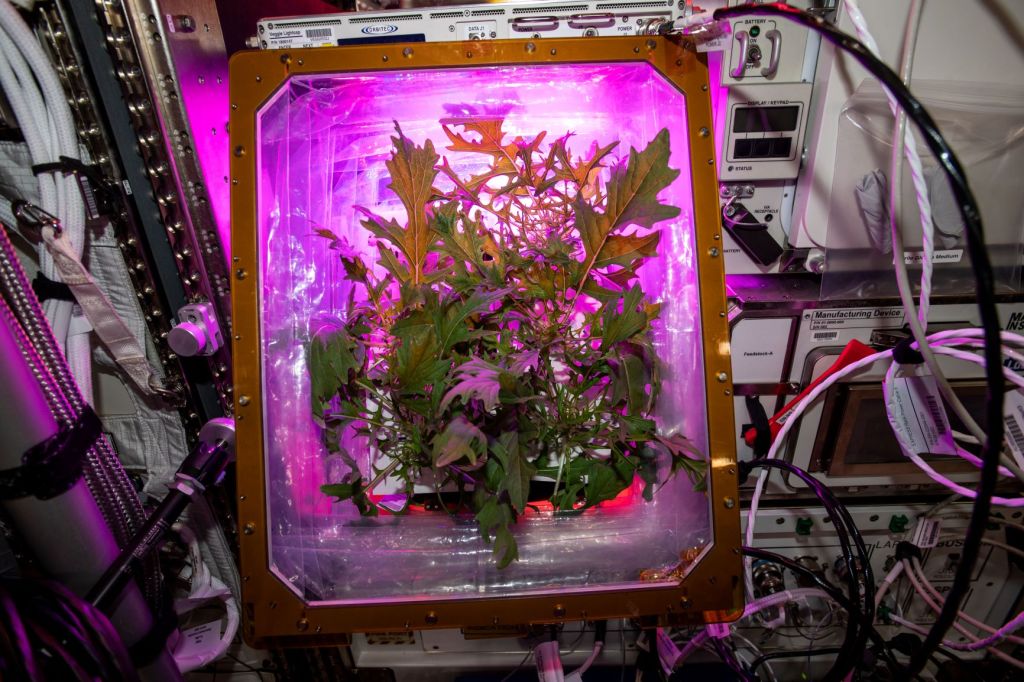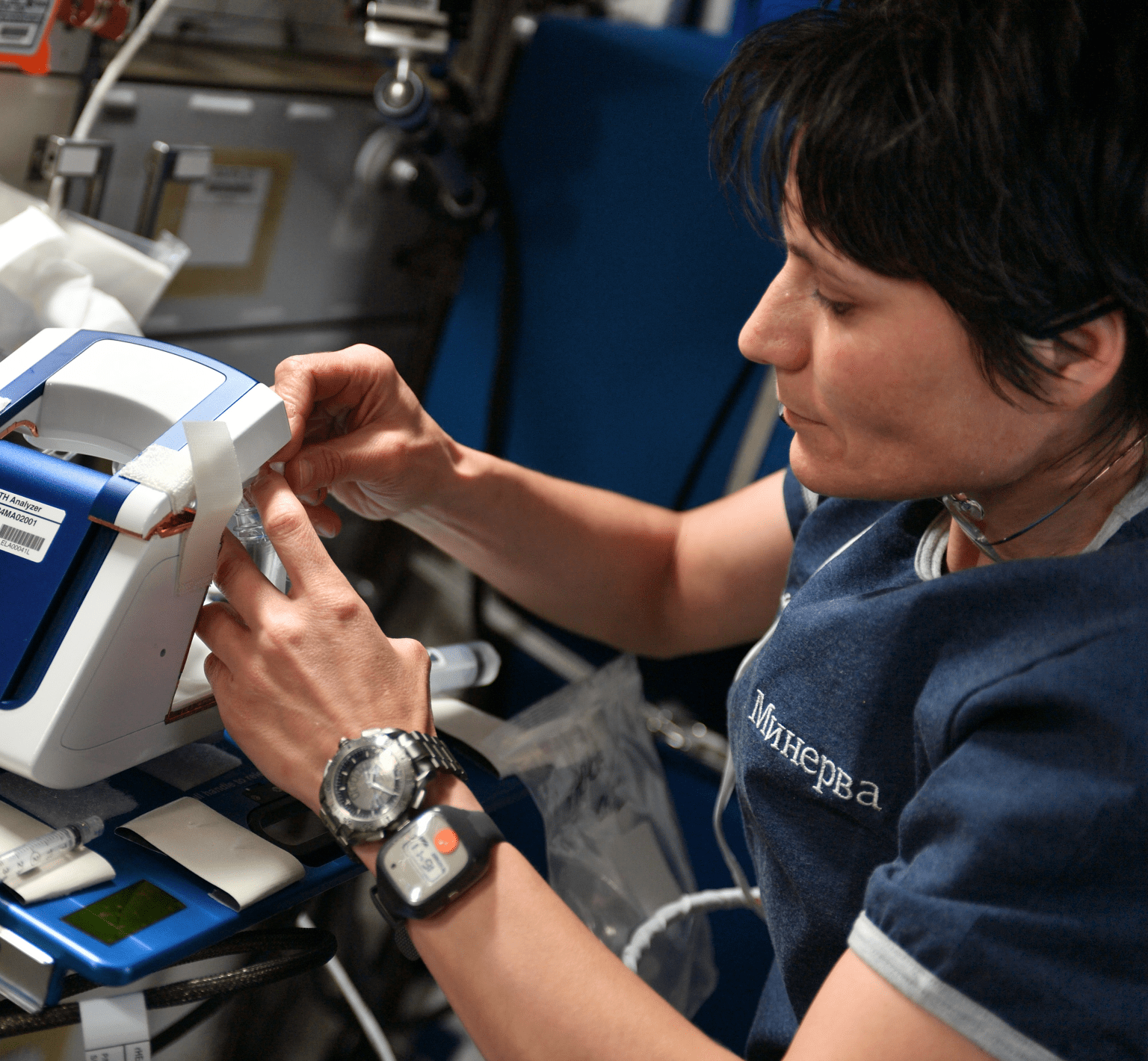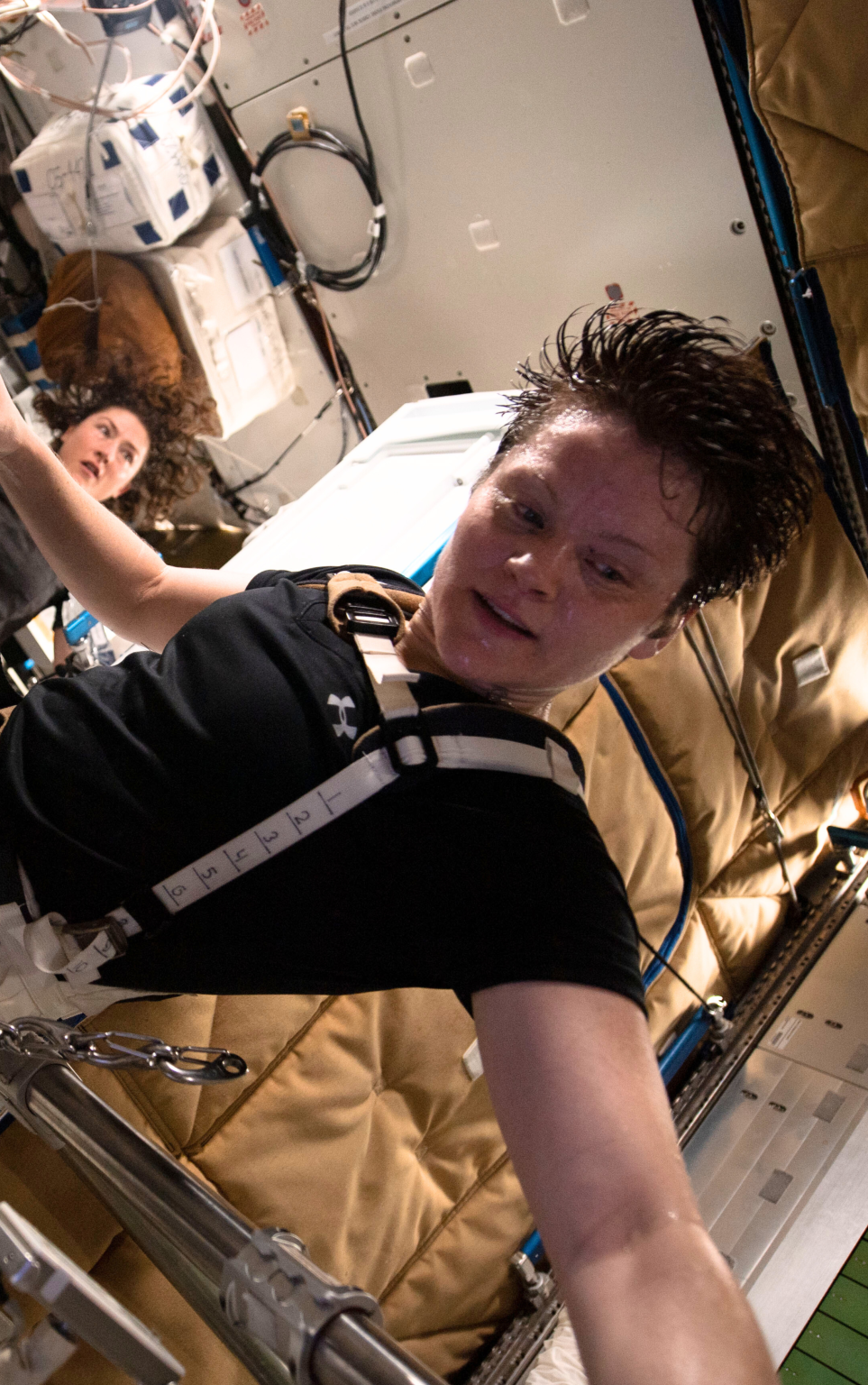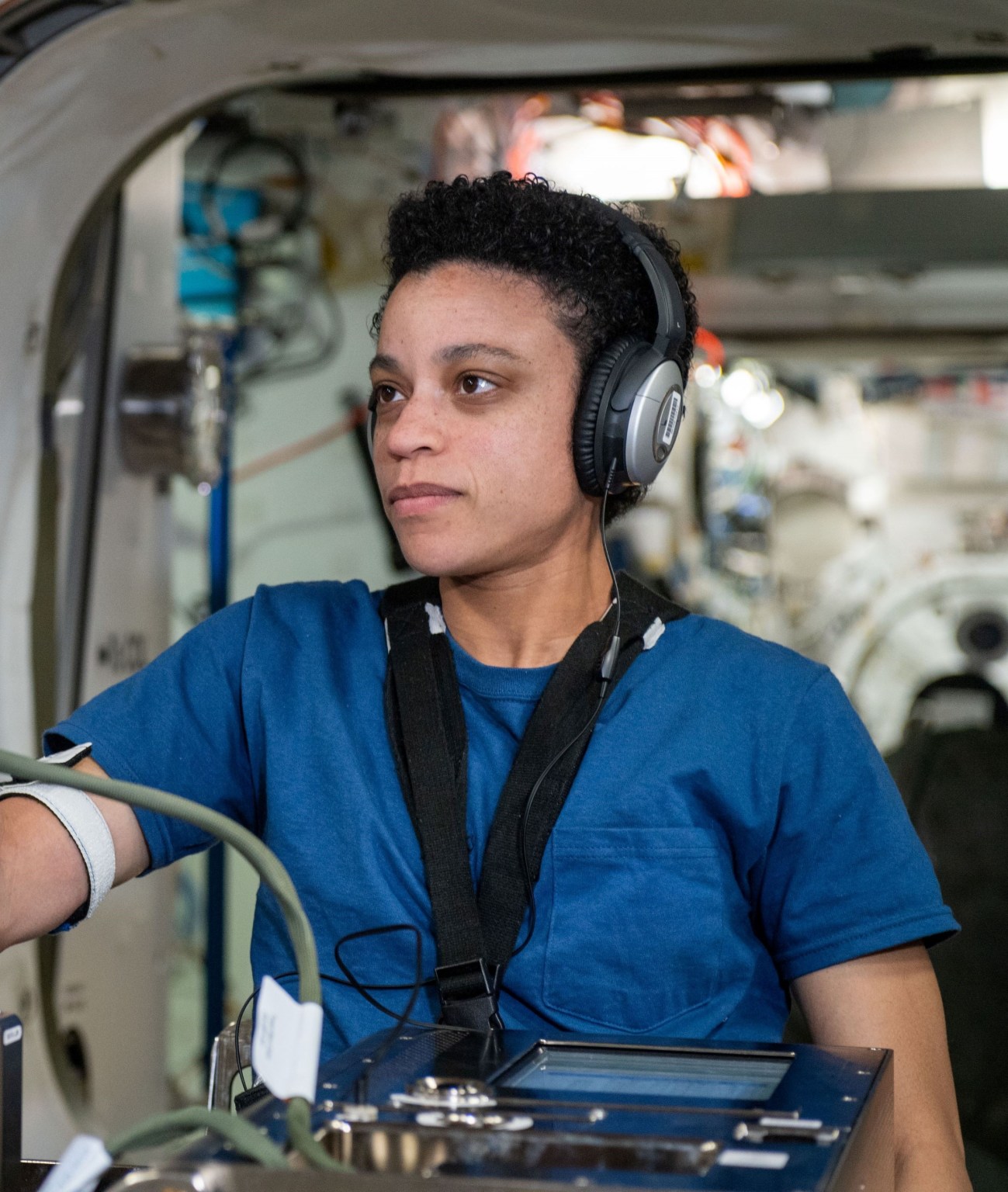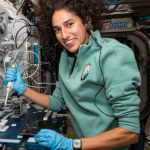Learn More About HFBP
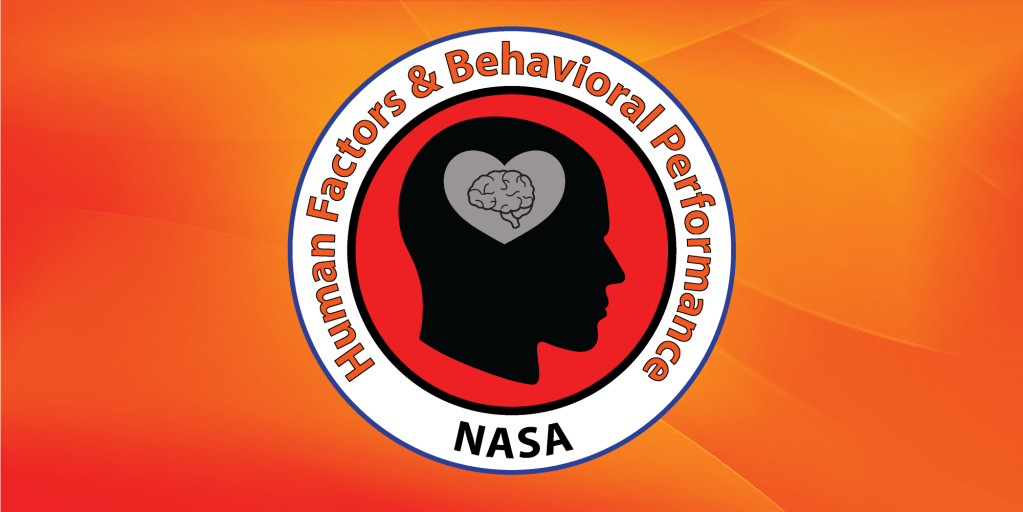
About HFBP
HFBP addresses the behavioral health effects of long-duration spaceflight. The element also seeks insights into how to structure successful teams for missions and ensure that humans can efficiently navigate tasks in space.
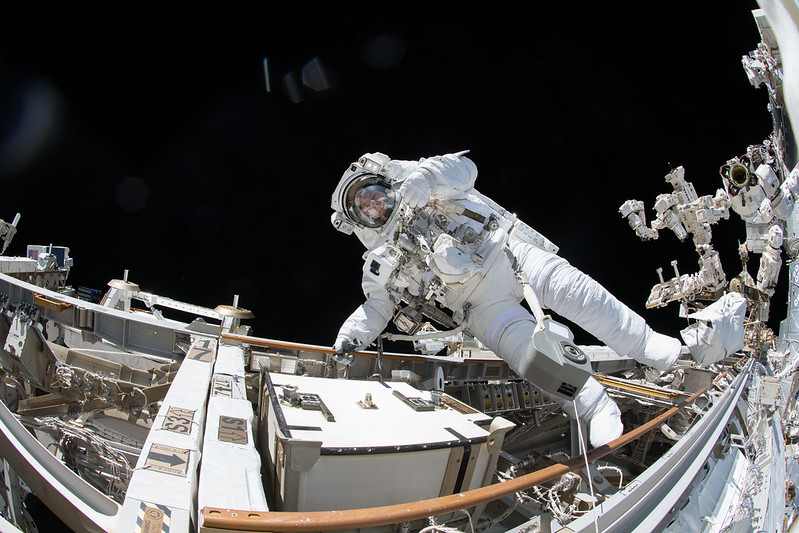
Spaceflight Risks
See the risks of human spaceflight that the HFBP element investigate to help ensure the health and safety of astronauts in low-Earth orbit and beyond.

Meet the Team
Meet the team behind HFBP, including element managers and scientists who help facilitate research aboard the International Space Station and in simulations on Earth.
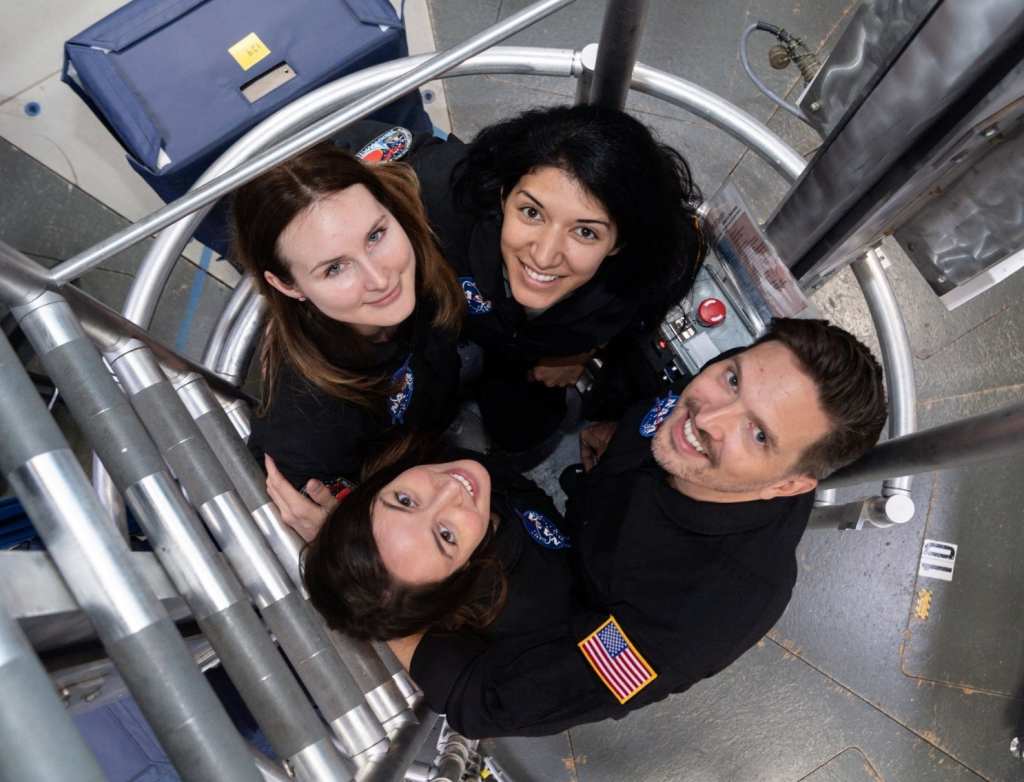
Collaborate With Us
Find different ways to collaborate with NASA’s HRP and help us discover how to keep the next generation of space explorers thriving on future missions to the Moon, Mars, and beyond.
Isolation and Confinement in Space
Explore how NASA scientists help astronauts cope with spaceflight-induced feelings of isolation and confinement.
The Human Body in Space
For more than 50 years, NASA’s Human Research Program (HRP) has studied what happens to the human body in space. Researchers…
Read the Story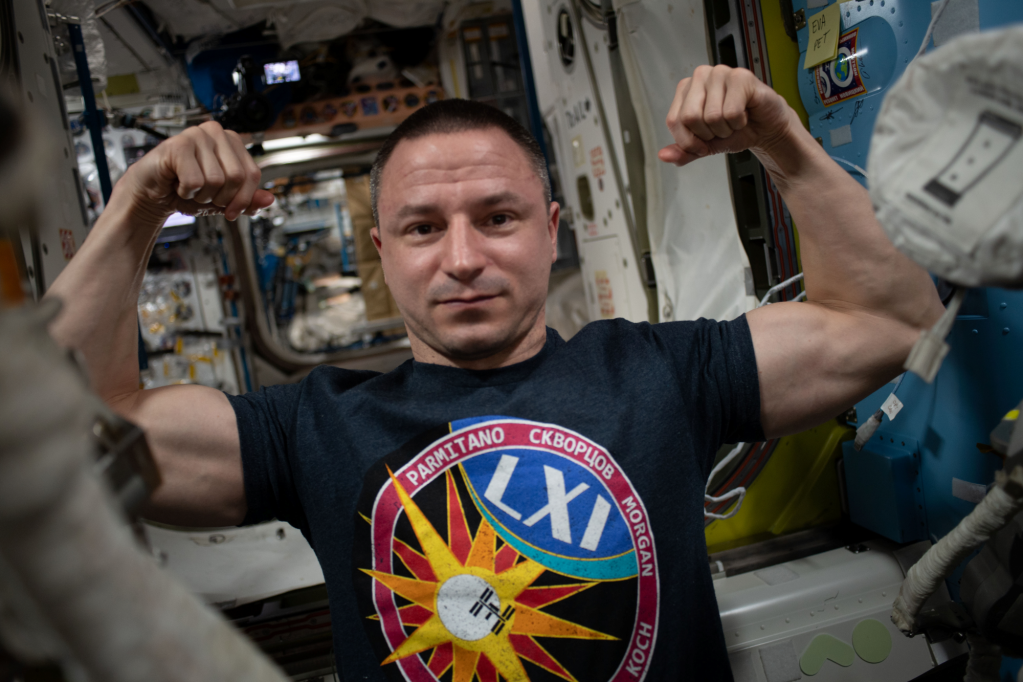
Simulations of Life in Space
Simulated space missions conducted on Earth help NASA examine crew health and team dynamics without launching into space. Using such missions, scientists can study in detail and in larger populations how humans adapt to challenges that astronauts may encounter on missions to the Moon and Mars.

Human Exploration Research Analog (HERA)
HERA is a unique 650-square-foot habitat split among two floors and a loft, designed to serve as an analog for isolation, confinement, and remote conditions in exploration scenarios.
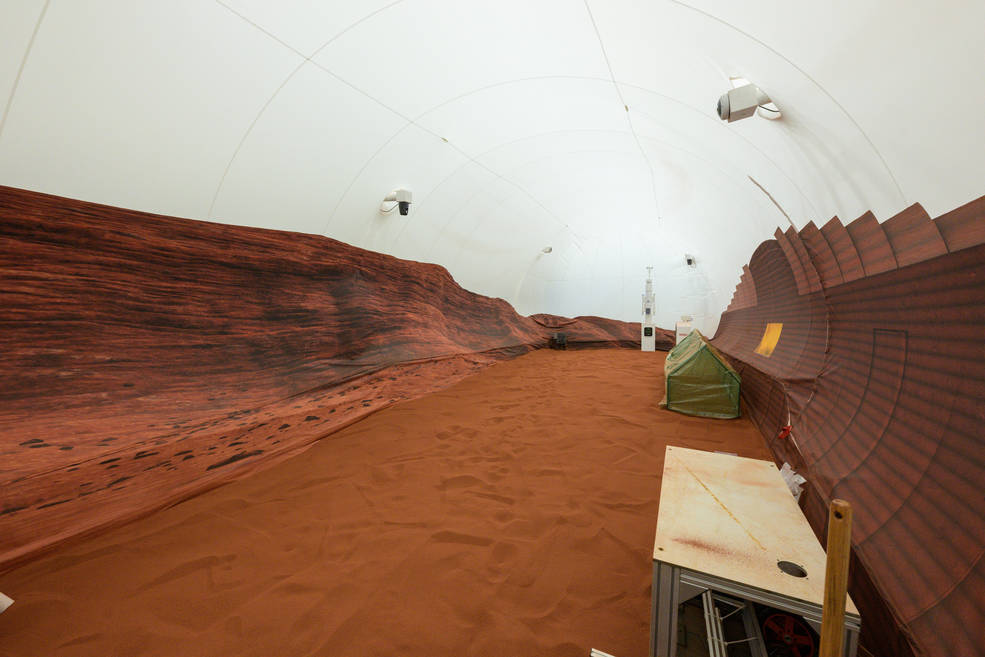
Crew Health and Performance Exploration Analog (CHAPEA)
CHAPEA is a series of Earth-based missions that will simulate year-long stays on the surface of Mars. Each mission will consist of four crew members living in an isolated 1,700 square foot habitat.
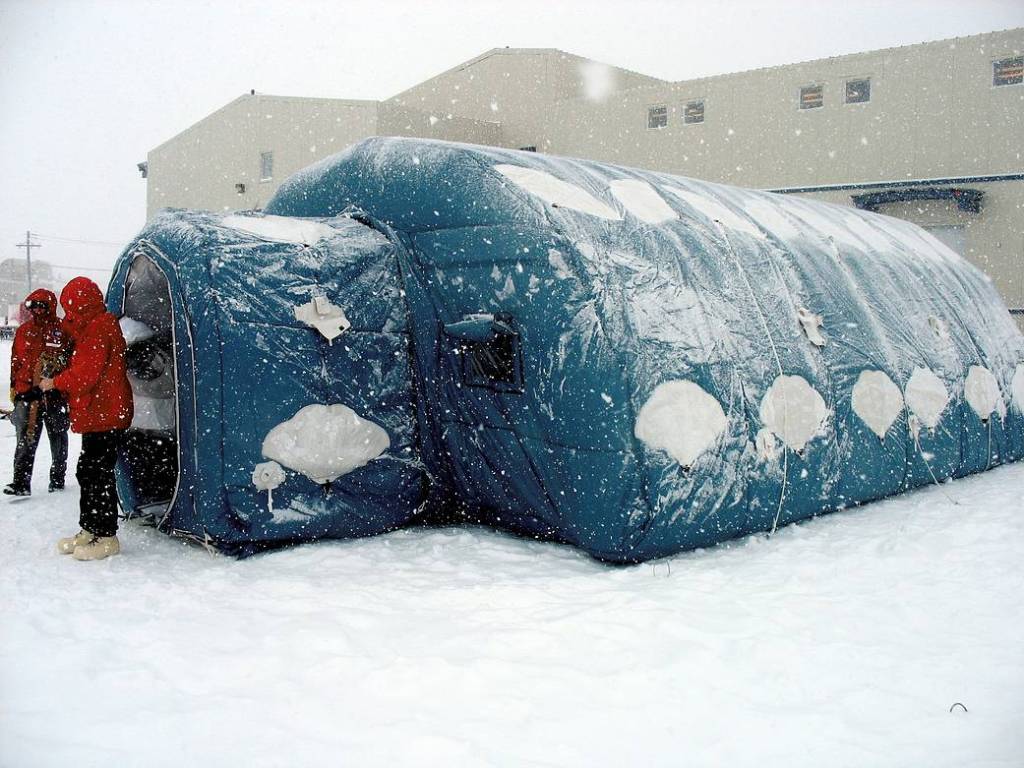
Antarctic Missions
Antarctica’s climate, temperature, and isolation provide an environment on Earth that parallels the conditions of isolation and stress that astronauts will face on long-duration missions in space. This provides unique opportunities to test systems and technologies for future missions to the Moon and Mars.






























